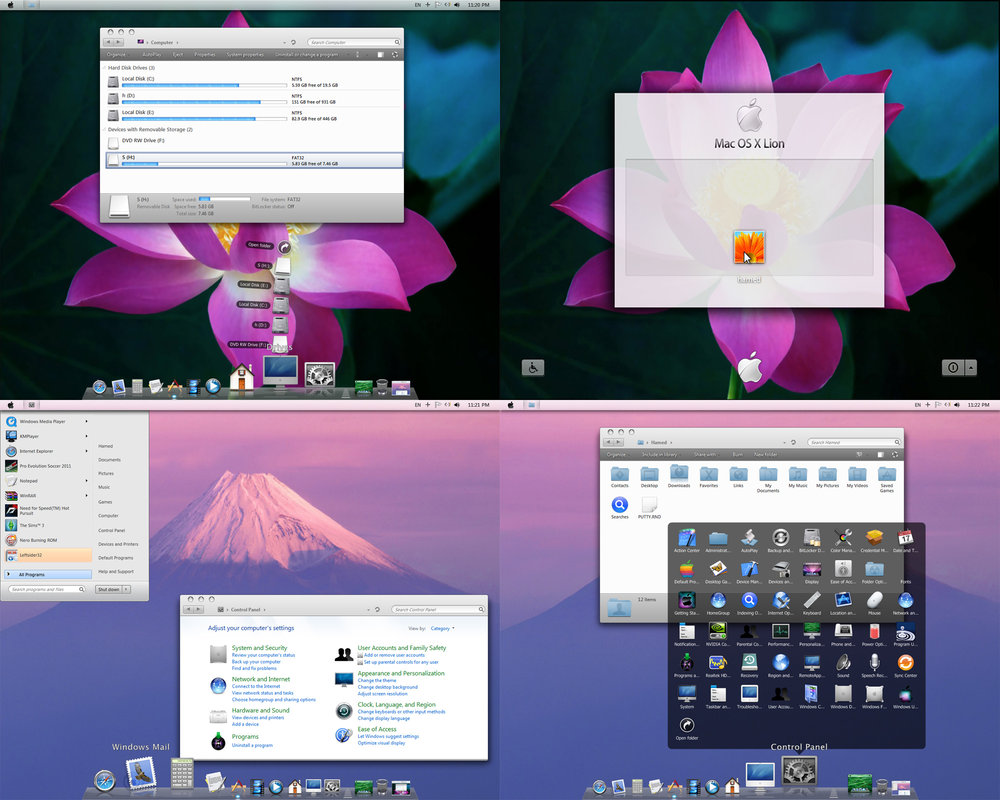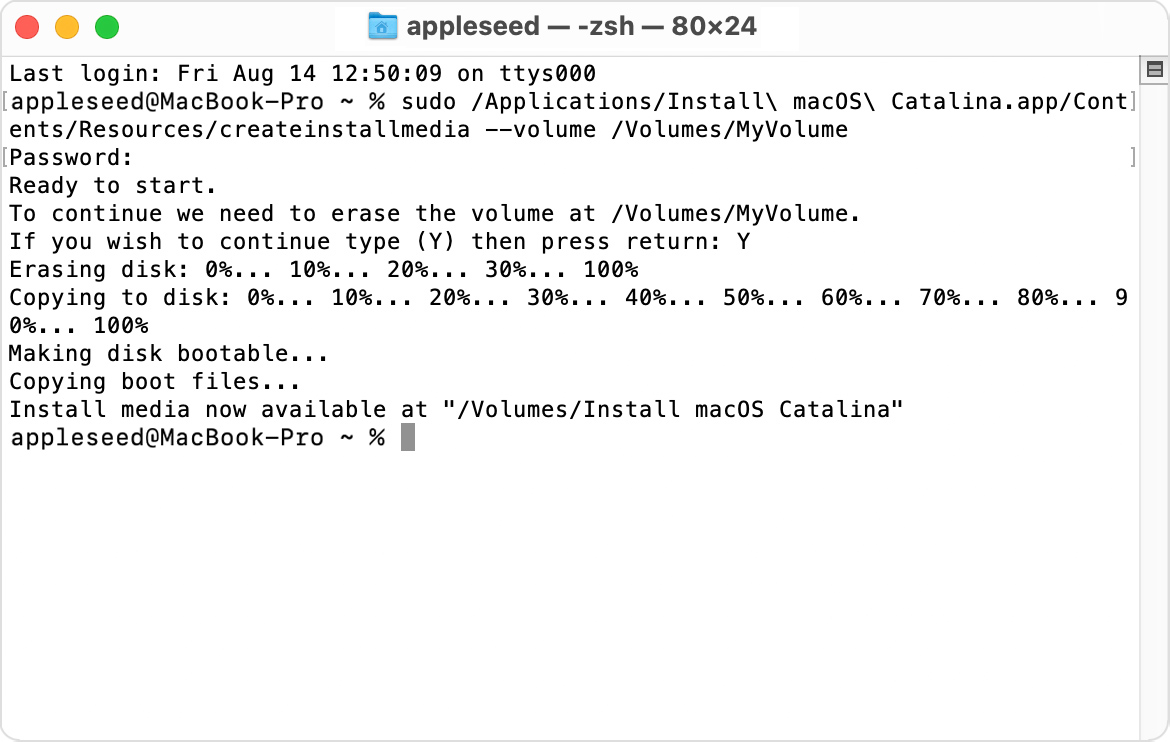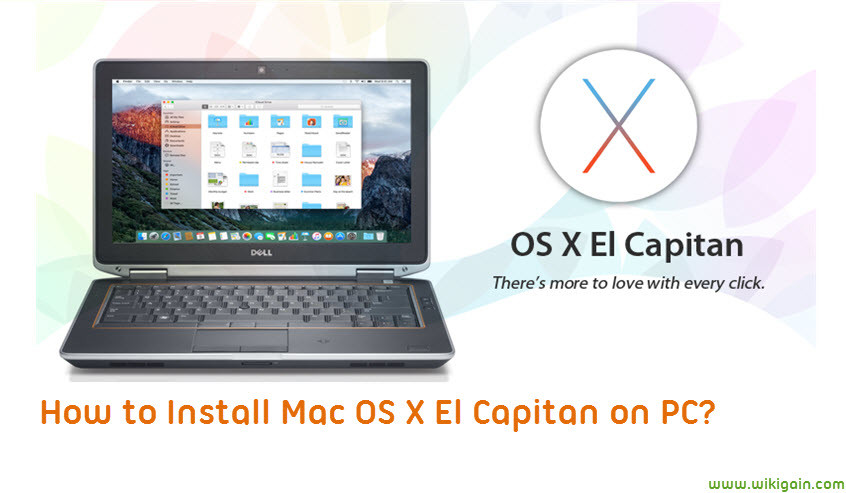
Setting Up A Database
Rails ships with sqlite3 as the default database. Chances are you won't want to use it because it's stored as a simple file on disk. You'll probably want something more robust like MySQL or PostgreSQL.
The Piker-Alpha bootloader can be used to boot OS X 10.11 El Capitan on unsupported Mac Pro models: This approach, using a fork of tiamo's bootloader, uses a replacement native EFI32 boot.efi boot loader that thunks EFI64 calls from the 64-bit OS X kernel to the EFI32 firmware. To install the first Public Beta build of OS X 10.11.4 'El Capitan,' you must to go to the Apple Beta Software Program website, sign in with the Apple ID that you're using right now on your Mac. I got exactly the same issue under OS X Yosemite (v.10.10.5). The second sentence did not change anything but the the first one has solved the issue: npm install -g ios-deploy -unsafe-perm=true. @Beat Thanks for your help.
There is a lot of documentation on both, so you can just pick one that seems like you'll be more comfortable with.
If you're new to Ruby on Rails or databases in general, I strongly recommend setting up PostgreSQL.
If you're coming from PHP, you may already be familiar with MySQL.
MySQL
You can install MySQL server and client from Homebrew:
Once this command is finished, it gives you a couple commands to run. Follow the instructions and run them:
By default the mysql user is root with no password.

When you're finished, you can skip to the Final Steps.
PostgreSQL
You can install PostgreSQL server and client from Homebrew:
Once this command is finished, it gives you a couple commands to run. Follow the instructions and run them:
By default the postgresql user is your current OS X username with no password. For example, my OS X user is named chris so I can login to postgresql with that username.
Setting Up A Database


Setting Up A Database
Rails ships with sqlite3 as the default database. Chances are you won't want to use it because it's stored as a simple file on disk. You'll probably want something more robust like MySQL or PostgreSQL.
The Piker-Alpha bootloader can be used to boot OS X 10.11 El Capitan on unsupported Mac Pro models: This approach, using a fork of tiamo's bootloader, uses a replacement native EFI32 boot.efi boot loader that thunks EFI64 calls from the 64-bit OS X kernel to the EFI32 firmware. To install the first Public Beta build of OS X 10.11.4 'El Capitan,' you must to go to the Apple Beta Software Program website, sign in with the Apple ID that you're using right now on your Mac. I got exactly the same issue under OS X Yosemite (v.10.10.5). The second sentence did not change anything but the the first one has solved the issue: npm install -g ios-deploy -unsafe-perm=true. @Beat Thanks for your help.
There is a lot of documentation on both, so you can just pick one that seems like you'll be more comfortable with.
If you're new to Ruby on Rails or databases in general, I strongly recommend setting up PostgreSQL.
If you're coming from PHP, you may already be familiar with MySQL.
MySQL
You can install MySQL server and client from Homebrew:
Once this command is finished, it gives you a couple commands to run. Follow the instructions and run them:
By default the mysql user is root with no password.
When you're finished, you can skip to the Final Steps.
PostgreSQL
You can install PostgreSQL server and client from Homebrew:
Once this command is finished, it gives you a couple commands to run. Follow the instructions and run them:
By default the postgresql user is your current OS X username with no password. For example, my OS X user is named chris so I can login to postgresql with that username.
Setting Up A Database
Rails ships with sqlite3 as the default database. Chances are you won't want to use it because it's stored as a simple file on disk. You'll probably want something more robust like MySQL or PostgreSQL.
There is a lot of documentation on both, so you can just pick one that seems like you'll be more comfortable with.
If you're new to Ruby on Rails or databases in general, I strongly recommend setting up PostgreSQL.
If you're coming from PHP, you may already be familiar with MySQL.
MySQL
You can install MySQL server and client from Homebrew:
Once this command is finished, it gives you a couple commands to run. Follow the instructions and run them:
Install Mac Os X 10.11.4
By default the mysql user is root with no password.
When you're finished, you can skip to the Final Steps.
PostgreSQL
You can install PostgreSQL server and client from Homebrew:
Once this command is finished, it gives you a couple commands to run. Follow the instructions and run them:
How To Install Mac Os X 10.11
By default the postgresql user is your current OS X username with no password. For example, my OS X user is named chris so I can login to postgresql with that username.

